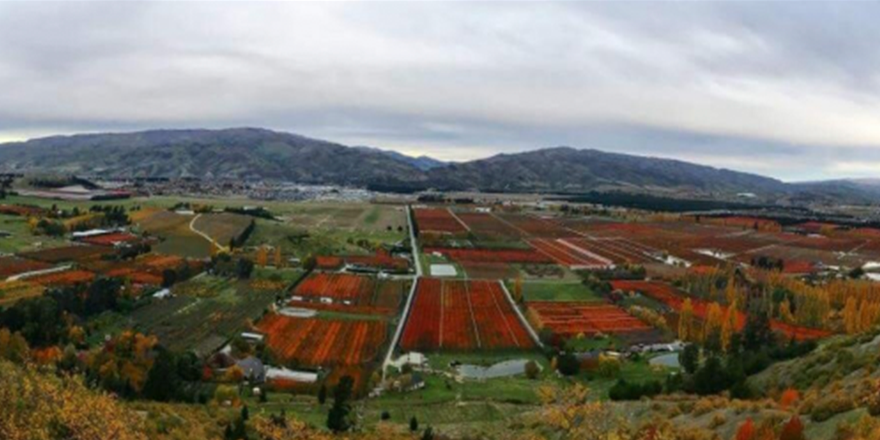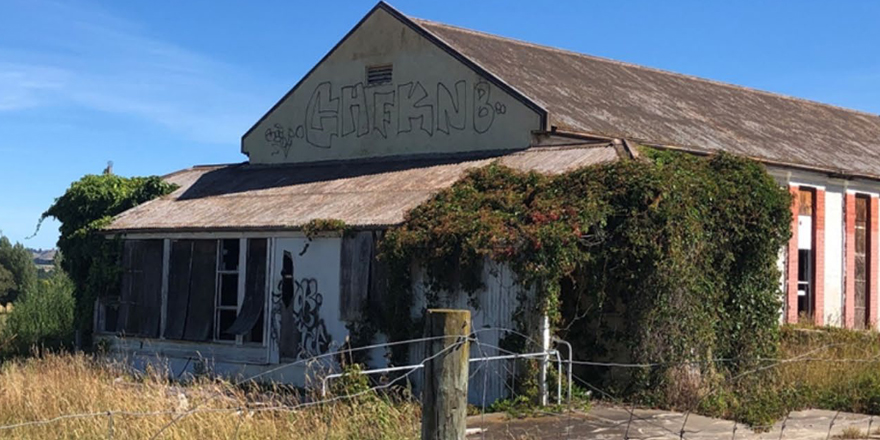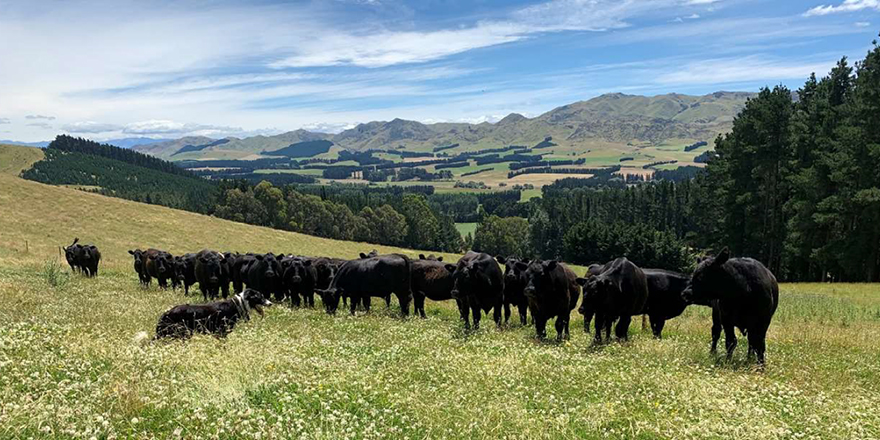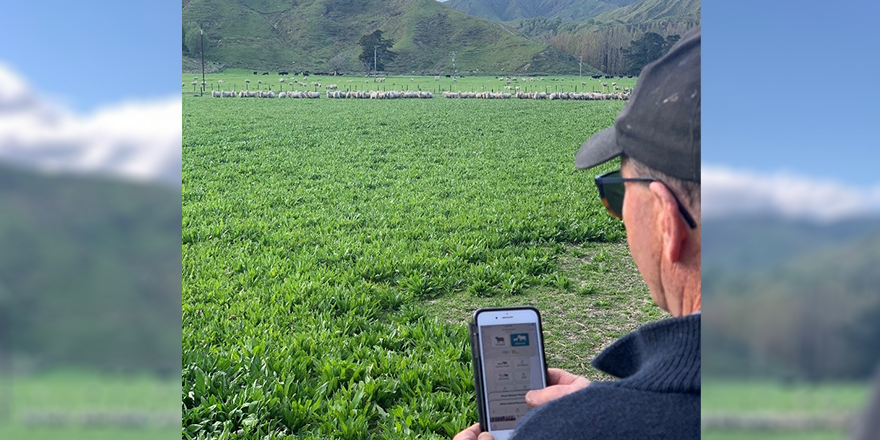
Executive Summary
The New Zealand horticulture sector is currently enjoying a period of growth and prosperity. However, the future operating environment for the horticulture sector is uncertain and unlikely to be a continuation of the current track. There are multiple possible futures with different levels of warning, timeframes and impacts: for example, sudden deep impact occurrences such as the kiwifruit pathogen Psa1 or the Covid-19 pandemic compared with a slower burning issue such as the labour shortage. In order to be resilient and successful into the future, the sector needs to be ready to adapt to a changing domestic and global environment.
Development of plausible future scenarios is a tool that can be used at different scales to explore what the future may bring. Scenarios have been utilised by researchers and organisations around the globe for numerous purposes, for example for pre-policy research, to strive for commercial resilience, to influence military strategy and even to consider the future state of the planet.
The aim of this project was to explore how plausible future scenarios can be used as a tool to better prepare the New Zealand horticulture sector for what the future may bring. The project objective was to develop scenarios to help to consider what the future operating environment could look like for horticulture in New Zealand, and what challenges and opportunities different plausible futures might present for the sector.
Four divergent and plausible future scenarios were developed and analysed to identify insights, risks and opportunities. They are not predictions or advice – they simply present a (non-exhaustive) range of ways that the future could plausibly play out. The scenarios were developed using group workshopping and the underpinning process was based on the general morphological analysis methodology.
The timeframe selected for the scenarios was 2040 – 20 years from the present day. Each of the scenarios is able to be interrogated by an individual organisation or business through their own lens to determine what opportunities or risks each could present. However, at a high-level the common themes across scenarios included:
- The power of public sentiment and opinion and the resulting impact on a sector
- Consumer preference influencing not only the final product, but all aspects of production
- The culture and cohesiveness within a sector and how that can influence the perception of those outside the sector
- The importance of environmental sustainability as a foundation of a sectors prosperity
- The power of a sector that lifts performance across the board and works together to improve
- The influence that the diversity in operator scale and approach can have on the sector as a whole
- The ability of a sector to adapt is critical
- Storytelling is important
The insights identified that would be more relevant to an individual business were primarily around competition, market expectations and the different domestic and export dynamics.
The insights identified that would be more relevant to an industry body were primarily around sector cohesiveness, ability to advocate and key issues for growers that require support.
It is hoped that the scenarios and analysis will help those involved in the horticulture sector to acknowledge that the future is uncertain, and encourage them to incorporate flexibility and resilience into their planning and decision making. New Zealand needs a successful horticulture sector that is fit for the future, whatever the future.




